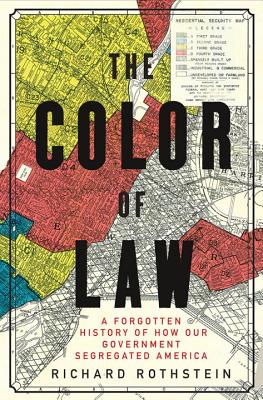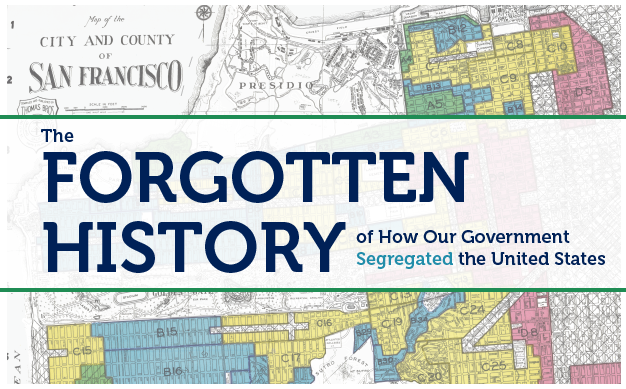Every Spring in my American History classes, I teach our sophomores about the history of housing discrimination and segregation in and around American cities during the 20th Century. I always have the students read an NPR article that excerpts an NPR interview with Richard Rothstein. He succinctly and effectively makes the case that The Color of Law outlines. Housing discrimination and segregation in American cities is a result of de jure, rather than de facto segregation. Rothstein also explains the history and meaning of the word, ghetto, which my students find fascinating.
We are a diverse school in Central Illinois, a few hours from Chicago. Our community is closely linked to Chicago, with students and staff having relatives in Chicagoland, or experience living in the city. I have the students explore an online resource of compiled redlining maps from 20th century Chicago, and then we compare these to the current racial dot map of Chicago. This leads the students to want to investigate whether any redlining or other nefarious hiding discrimination still exists. We then begin an inquiry-based search for recent example of housing discrimination, even beyond racial housing discrimination. The Rothstein article is a good jumping off point for a popular lesson.








Twitter
Google plus
LinkedIn